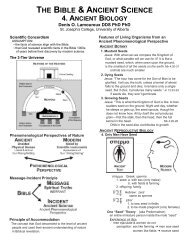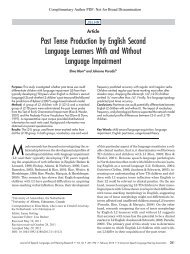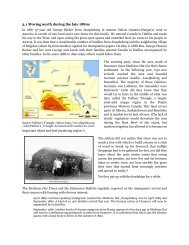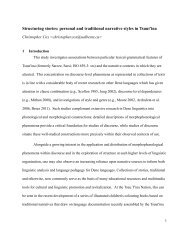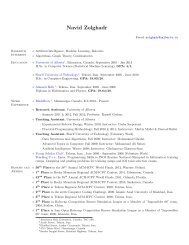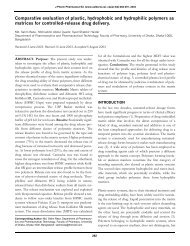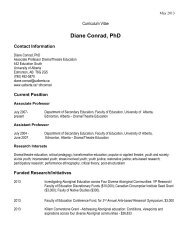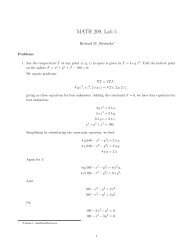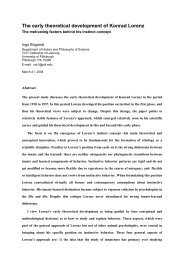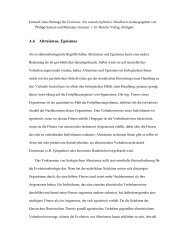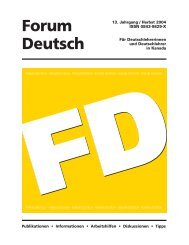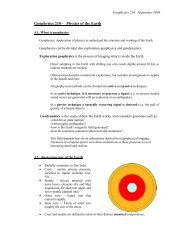Processing of Primary Fischer-Tropsch Products - University of Alberta
Processing of Primary Fischer-Tropsch Products - University of Alberta
Processing of Primary Fischer-Tropsch Products - University of Alberta
Create successful ePaper yourself
Turn your PDF publications into a flip-book with our unique Google optimized e-Paper software.
The art <strong>of</strong> HTFT refining lays not so much in meeting the fuel<br />
specifications as in exploiting the unique feed advantages <strong>of</strong>fered by the FT<br />
product. In conclusion it can be said that a HTFT product lends itself to an<br />
integrated fuels and chemicals refining approach. Refining with the aim to<br />
produce only fuels or only chemicals can be done, but this would be sub-optimal.<br />
6. UPGRADING OF LOW TEMPERATURE FISCHER-TROPSCH<br />
PRODUCTS<br />
6.1 Characterisation <strong>of</strong> the primary LTFT products<br />
The typical LTFT plant would produce two primary products: a light<br />
fraction, usually liquid at room temperature, and a heavy fraction, usually solid<br />
at the same conditions. The former is <strong>of</strong>ten named hydrocarbon condensate or<br />
simply condensate and includes hydrocarbon species with a final boiling point<br />
around 370~ The latter, also known as wax, includes the heavy paraffins.<br />
There are two other product streams: (i) light hydrocarbons gases, mostly<br />
generated during the FT synthesis, and (ii) reaction water, which include some<br />
dissolved oxygenates like alcohols and organic acids. The gas stream can have<br />
many applications as a fuel gas. The reaction water needs to be further processed<br />
and, at some locations, might even become a valuable product. There are several<br />
options for the purification <strong>of</strong> LTFT reaction water [59].<br />
The primary LTFT products have been described in detail in Chapter 3 and<br />
in the literature [60]. Typical distillation ranges for the LTFT Condensate and<br />
Wax are presented in Table 4.<br />
While the main species in the LTFT primary products are linear paraffins,<br />
smaller contents <strong>of</strong> olefins and oxygenates are present as well as some branched<br />
paraffins. The product slate for a particular system depends on the reactor<br />
configuration used, operating conditions and the catalyst that is employed [61].<br />
FT Wax production is about double <strong>of</strong> that <strong>of</strong> the FT Condensate.<br />
Table 4<br />
Typical distillation range for LTFT syncrude fractions<br />
FT Condensate<br />
Distillation Range % vol<br />
C5-160~ 44 3<br />
160-270~ 43 4<br />
270-370~ 13 25<br />
370-500~ - 40<br />
>500~ - 28<br />
FT Wax<br />
% vol<br />
The composition and yield immediately suggest that an effective approach<br />
to the refining <strong>of</strong> the LTFT primary products should include some form <strong>of</strong><br />
hydroprocessing. The recovery <strong>of</strong> the oxygenated hydrocarbons is always an<br />
503



